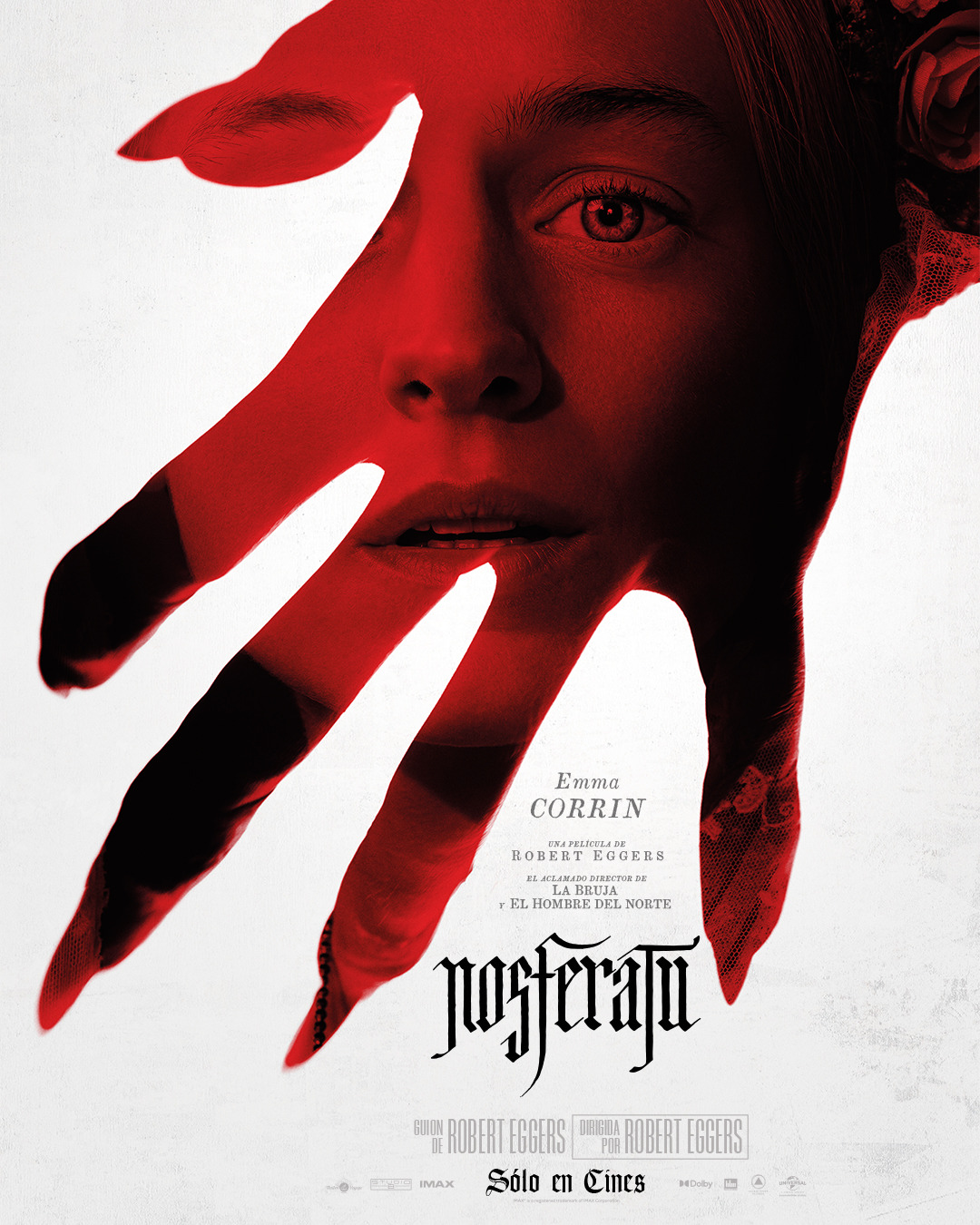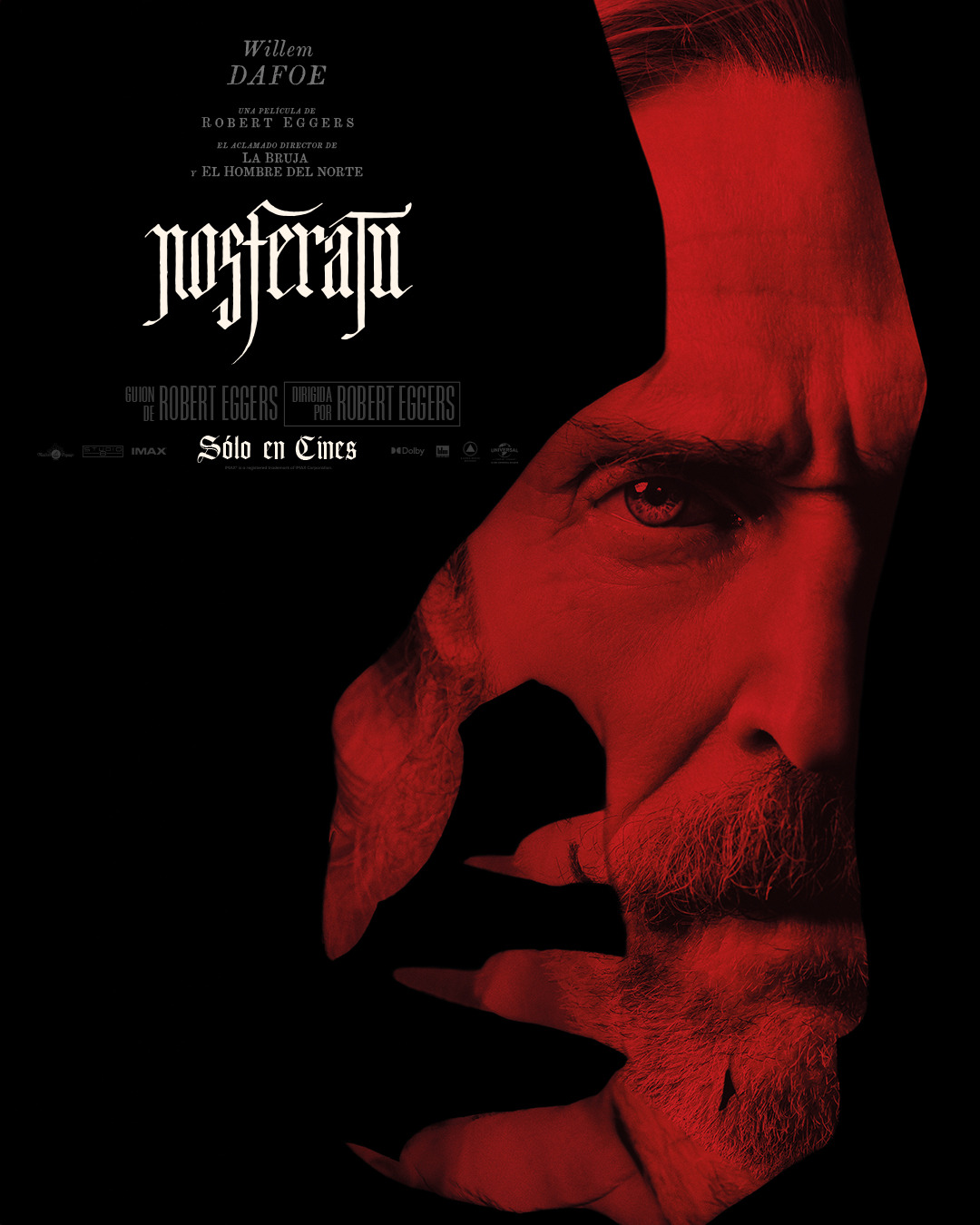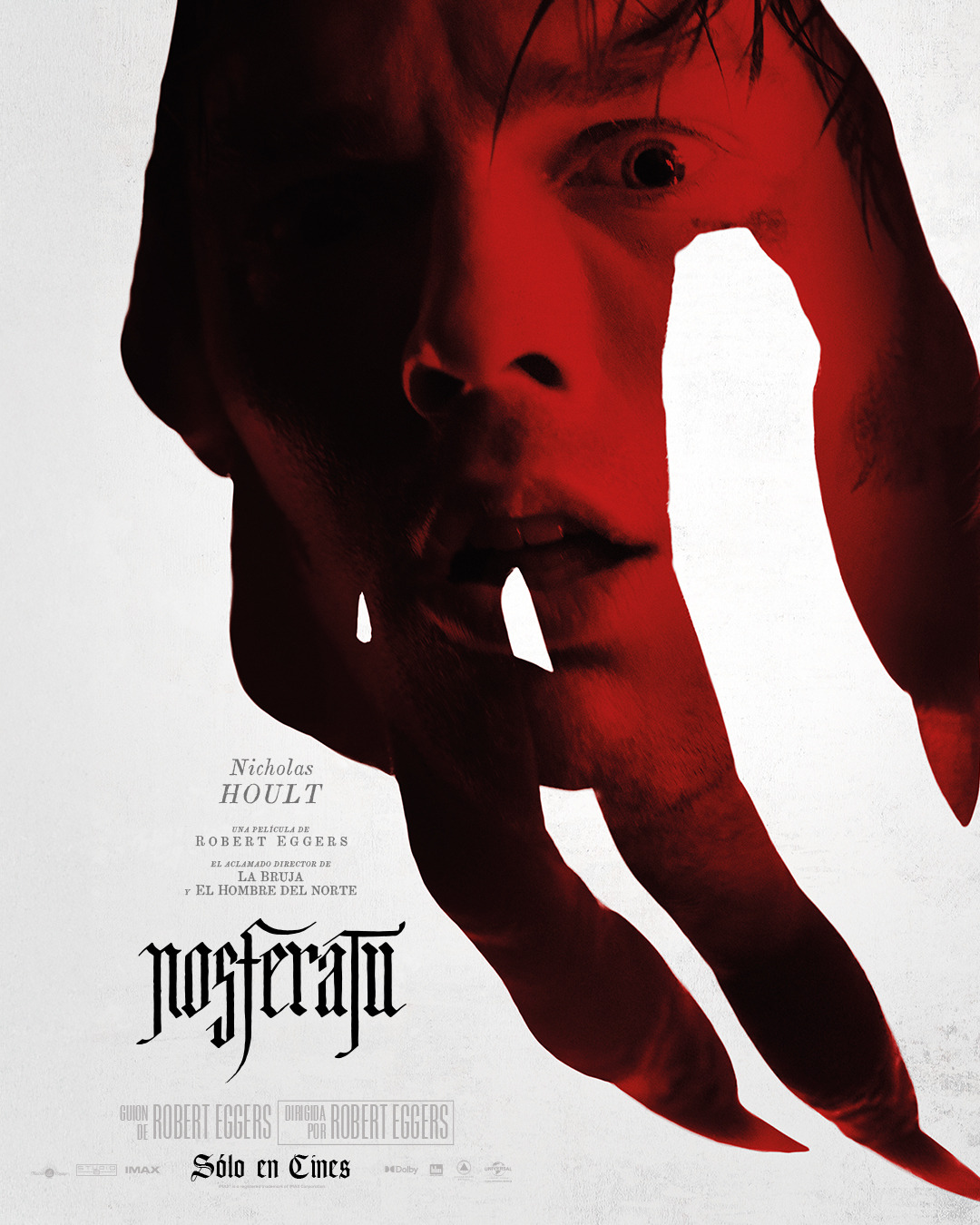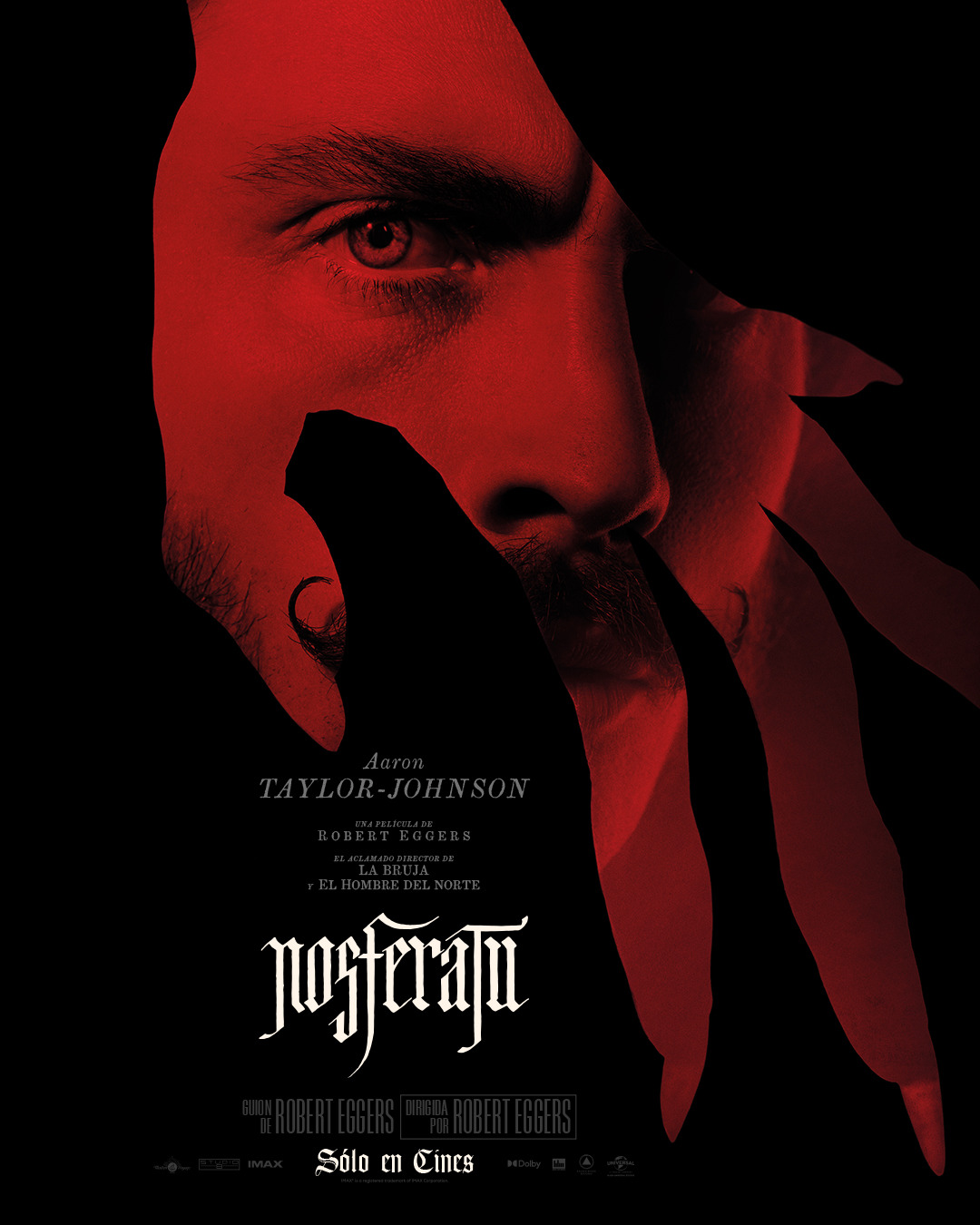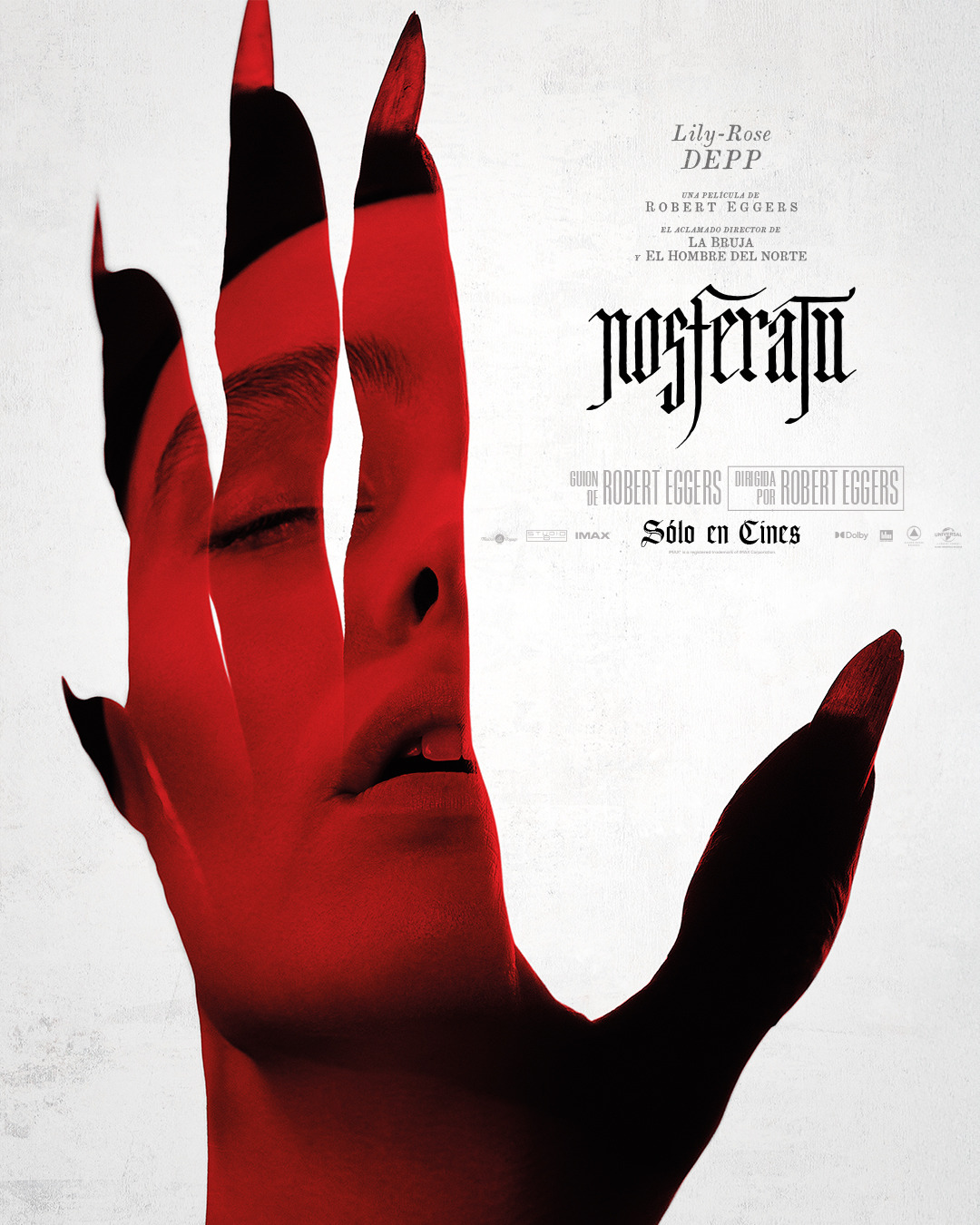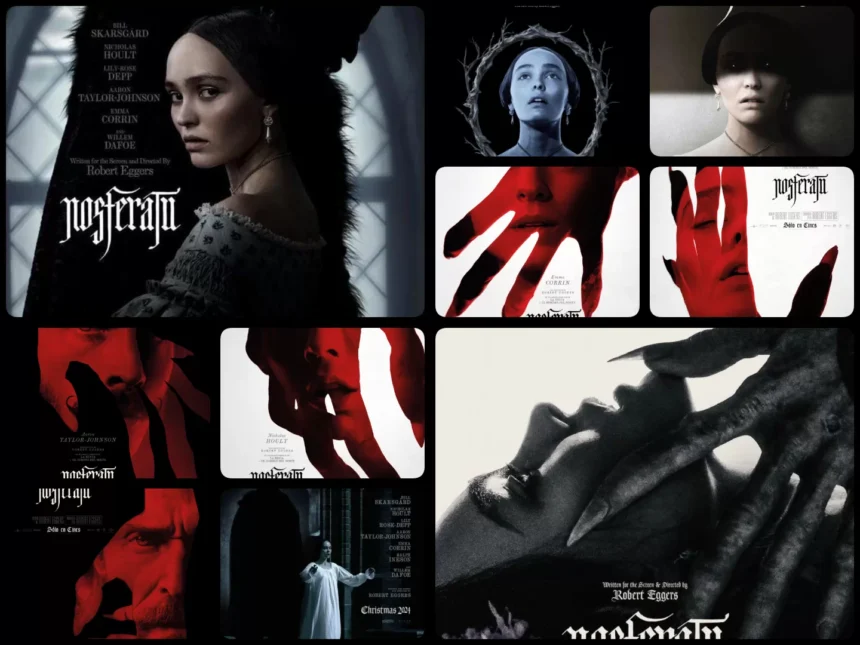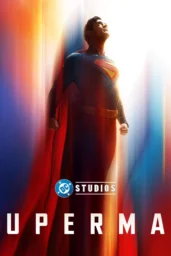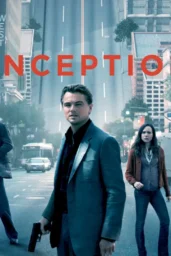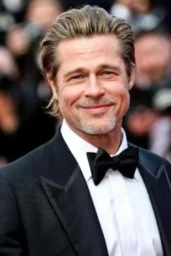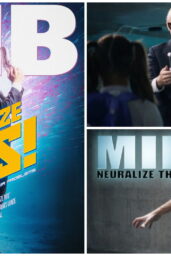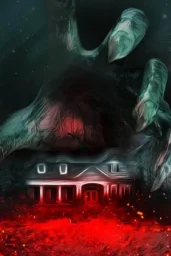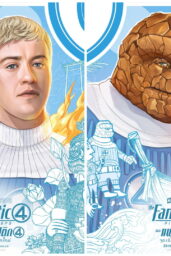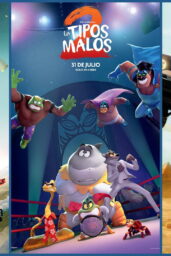A Haunting Resurrection of a Cinematic Legend
When Robert Eggers announced he would be reimagining F.W. Murnau's Nosferatu (1922), skepticism was inevitable. After all, remaking a silent film considered a cornerstone of horror cinema is akin to repainting the Sistine Chapel. Yet, Eggers has not only paid homage to the original but elevated its legacy, crafting a haunting masterpiece that delves deep into the psychological and emotional underpinnings of its characters.
The film opened to critical acclaim, securing an impressive 87% on Rotten Tomatoes, and audiences seem equally enchanted, with early reviews indicating an 89% Popcornmeter score. With its gothic allure, psychological complexity, and Eggers' signature atmospheric storytelling, Nosferatu has breathed new life into a tale that has haunted audiences for over a century.
A Cast Worthy of the Shadows
At the heart of the film is Bill Skarsgård's mesmerizing portrayal of Count Orlok. Known for his chilling turn as Pennywise in It, Skarsgård brings an unsettling vulnerability to Orlok, rendering him both horrifying and tragically human. His performance transcends the confines of traditional villainy, offering a creature as tormented by his existence as those he preys upon.
Opposite him, Lily-Rose Depp's Ellen is a revelation. Her portrayal of the pure-hearted yet resilient protagonist injects emotional gravity into the narrative, making her a perfect foil to Orlok's despair. The supporting cast, featuring Nicholas Hoult and Willem Dafoe, enhances the film's eerie atmosphere, each actor delivering nuanced performances that enrich the gothic tapestry Eggers weaves.
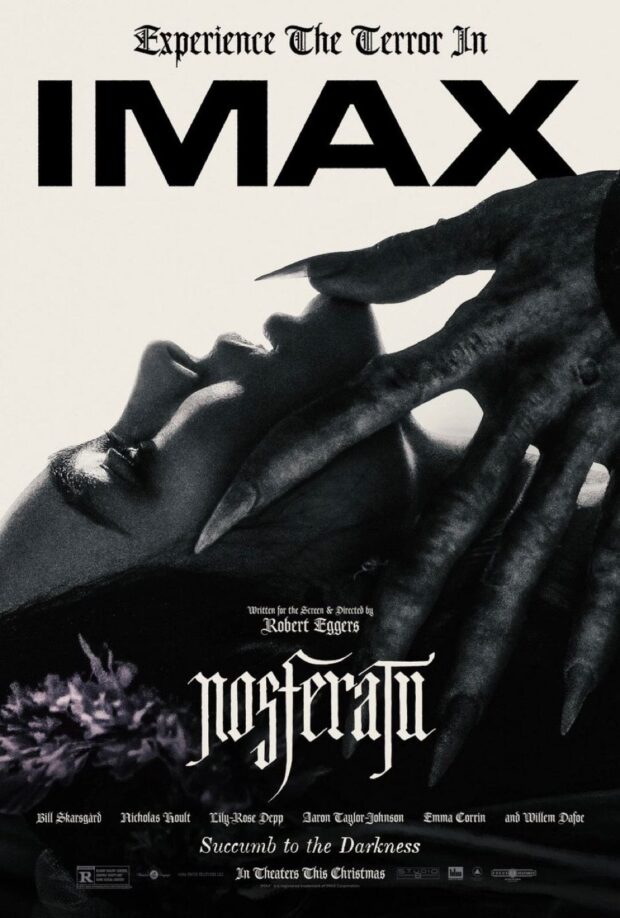
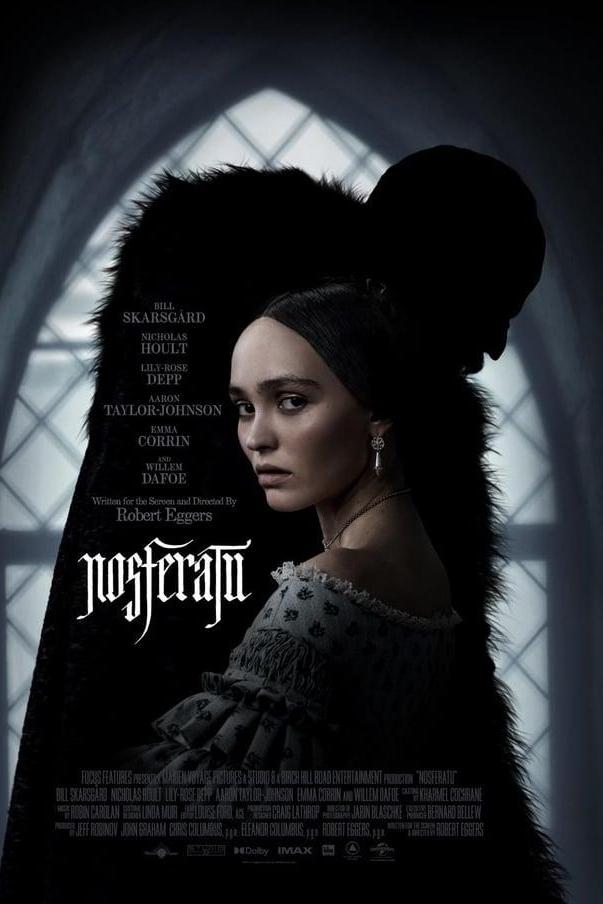
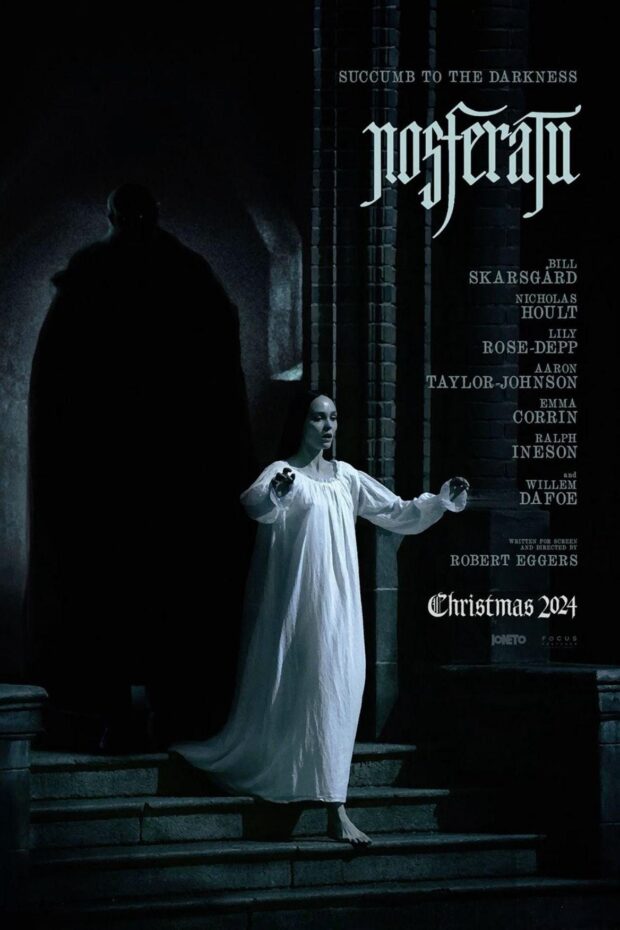

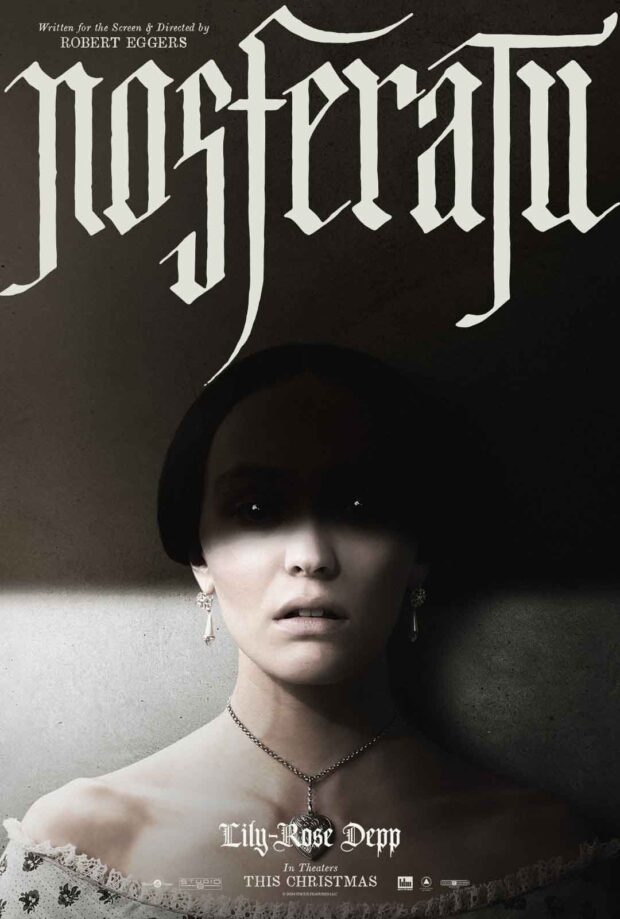
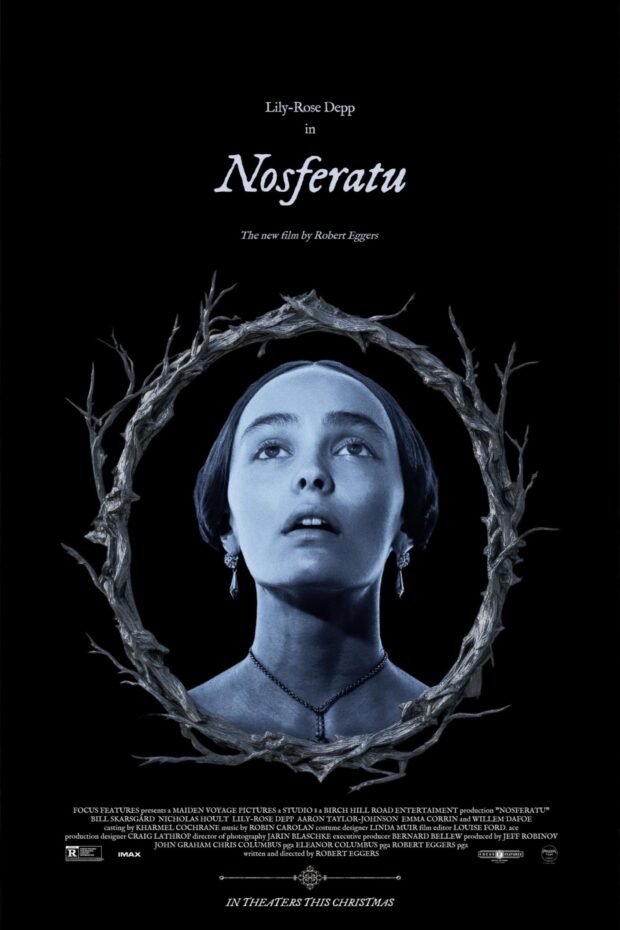
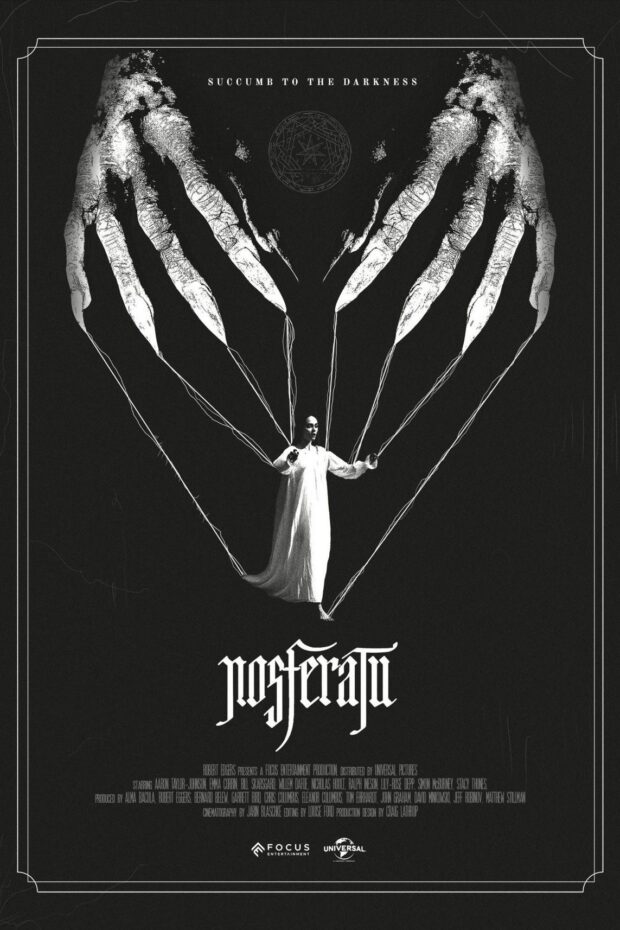
A Cinematic Triumph
Eggers' directorial prowess shines in every frame. From stark, desaturated colors that evoke the washed-out visuals of the silent era to the intricate set designs reminiscent of German Expressionism, the film is a feast for the senses. The cinematography, helmed by Jarin Blaschke, captures the desolation and beauty of the film's settings, from Orlok's decaying castle to the bustling yet ominous port town.
The score, composed by Mark Korven, further immerses viewers in the film's brooding atmosphere. It's an auditory symphony of dread and melancholy, perfectly complementing the visuals.
Audience Reactions: Divided Yet Engaged
Early audience reviews reflect a spectrum of responses. While many praise the film as a “cinematic masterpiece” with “breathtaking scenes” and “phenomenal acting,” others find its pacing and tonal shifts less compelling. One viewer lauded it as a “traumatizing, thought-provoking” horror film, while another critiqued its transition from gothic horror to melancholic romance, describing the second half as a “chore.”
Such division is almost inevitable for a film that dares to challenge conventions, and Nosferatu is unapologetically audacious. Eggers' ability to evoke both admiration and discomfort underscores his mastery of the genre.
The Future of Horror Cinema
With Nosferatu, Eggers has cemented his status as one of Hollywood's most visionary filmmakers. By blending gothic horror, psychological depth, and artistic ambition, he has crafted a film that is as much a love letter to the past as it is a bold step into the future. This reimagining does more than resurrect an old tale; it redefines it for a new generation, ensuring its place as a landmark in horror cinema.
Personal Impressions: As someone who cherishes the horror genre, I found Nosferatu to be an extraordinary achievement. Eggers' meticulous attention to detail, from the evocative visuals to the emotionally charged performances, creates a film that lingers in the mind long after the credits roll. Skarsgård's Orlok is both monstrous and pitiable, a duality that speaks to the complexity of Eggers' vision. While some pacing issues exist, they're minor quibbles in a work that so masterfully captures the essence of gothic horror.
Do you think Nosferatu will inspire a new wave of gothic horror films, or does it stand alone as a singular masterpiece? Share your thoughts below!
